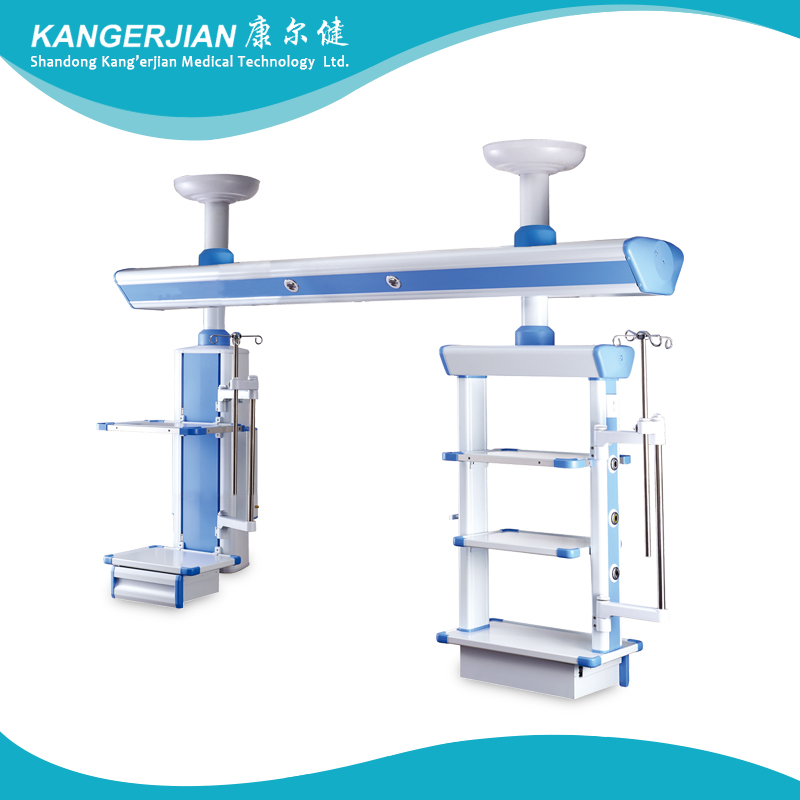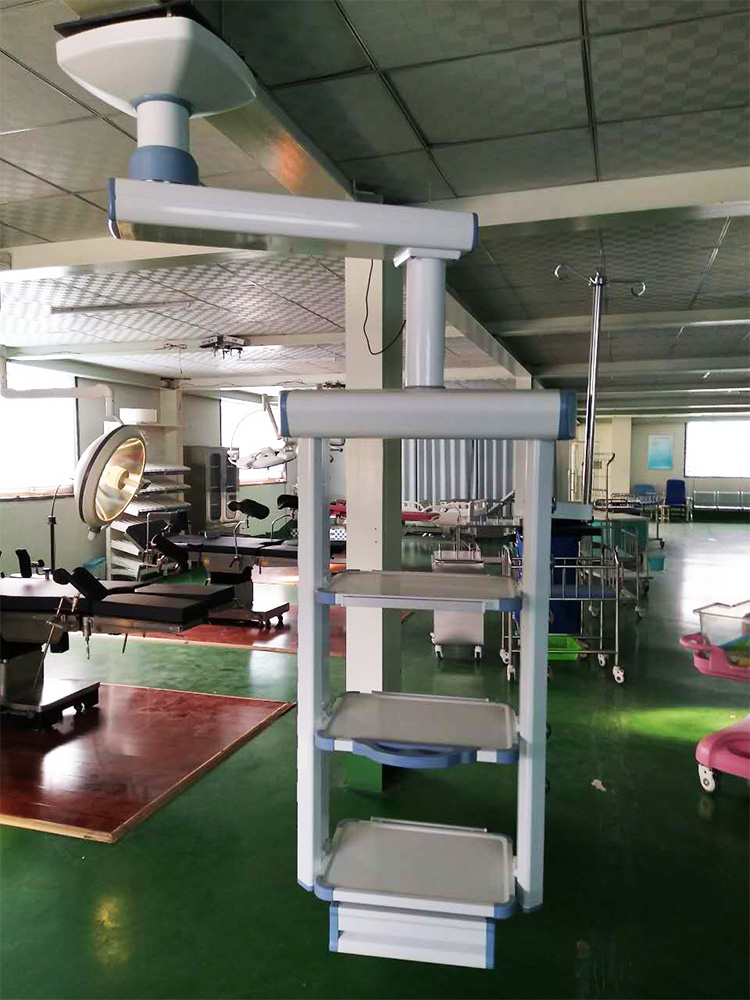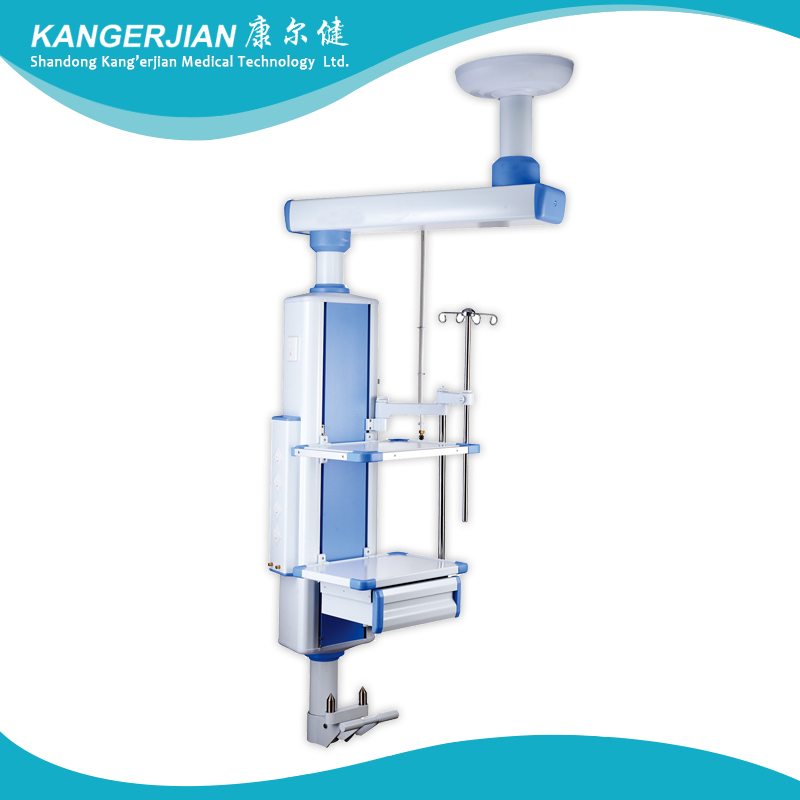Edible fungus main pest control methods
Transmission route: Fusarium is an ordinary soil fungus, soil and waste around the mushroom house is its source. Therefore, Fusarium oxysporum is mainly transmitted through the earth, air, operators, tools, and insects, mice, etc., to infect the bed of bacteria and the bacteria.
Control measures: If the cover soil is contaminated with Fusarium, pasteurization (60°C) can be used for one hour, or 4% formaldehyde can be used for disinfection. Can also be sprayed 1:500 carbendazim solution or thiophanate liquid sterilization in the casing. When the onset of the disease begins, the water spray should be stopped immediately, and the ventilation of the mushroom house should be increased. A 1%-2% formaldehyde solution or a 1:500 carbendazim solution should be sprayed on the culture rack, wall, or floor. In severe cases, it is necessary to remove the original casing and replace the new soil; and to destroy the mushrooms, disinfect all the tools in a formaldehyde solution with a concentration of 4%.
2. Blight, also known as dead blight, is a physiological disease. Major hazards mushrooms, Pleurotus ostreatus, Pleurotus eryngii, Linggu mushroom, slipper mushroom and so on. The main features are: after the formation of mushroom buds, the disease can occur in fruit bodies of different sizes. After the onset of the disease, it stopped growing, turned yellow, gradually shrank, became soft and dried, and eventually died or rotted.
Etiology: The occurrence of the disease is the result of a physical obstruction. The main reason is that after the formation of the primordium, the culture material is too dry and the mushroom buds are withered; or the mushroom is too dense; the nutrient supply is not enough and some of the mushroom dies; or the mushroom house temperature is too high, the temperature is too large, and the ventilation condition It is not good, lack of oxygen, caused by excessive carbon dioxide content in the air; there are mushrooms when accidentally bumped small buds, or excessive fruiting, resulting in phytotoxicity.
Control measures: When the fruiting body is withered, it is necessary to clarify the cause of the disease and take appropriate measures. Do not spray pesticides in mushroom houses after fruiting, otherwise it is easy to produce phytotoxicity. In particular, Pleurotus ostreatus and Pleurotus ostreatus must not be sprayed with dichlorvos during fruiting.
3. Malformation mushroom disease is also a physiological disease. During the formation of fruit bodies, edible fungi may produce a variety of deformities if they encounter adverse environments and conditions that prevent their development. The main features are: small and thin cap, slender handle, early umbrella. This phenomenon occurs when Pleurotus ostreatus and Pleurotus citrinopileatus occur behind head oyster mushrooms, while shiitake mushrooms occur in head lice. Its main cause is high temperature, lack of light, lack of nutrition and so on.
Pleurotus ostreatus mainly occurs during the formation of fruiting bodies of Pleurotus ostreatus. The fruiting bodies are coral-like or capsular, while the stipe roots are thick. The main reasons for this are insufficient light, poor ventilation, high carbon dioxide levels and too little oxygen. The occurrence of fruit body chaos is generally tilted toward the light side, which is due to the phototaxis of the fruit body in the growth process, which is mainly caused by uneven light in the mushroom house. Mycelial atrophy often occurs in different growth processes, and sometimes even death. The main reason is that the strains are not robust, they do not eat on the new culture materials, or the cultures have inappropriate moisture content, too dry or too wet. And if the temperature in the material is too high, it will cause burning bacteria, or the ventilation condition in the culture material is not good. It may also be that the pH value in the culture material is not suitable.
There is only one preventive measure, that is, in the production process, each procedure and every process must be scientifically conducted in strict accordance with the requirements, so as to avoid any adverse consequences of this kind or the other, resulting in failure of production.
4. Brash disease, also known as blight, is a fungal disease. It is mainly caused by Bacillus subtilis and bean pod mold. The main illness is that after the fruit body has been infested, the pith stem becomes atrophic and brown, and the mushroom becomes dwarf and no longer grows. The early stage of the disease and the healthy mushroom were not easily noticeable in appearance, but the cap was darkened, the mushroom body no longer grew, and finally became a mushroom.
Route of Infection: As Bacillus subtilis can survive in the soil for a long period of time, infection through the soil is the main route of transmission, and it can also be transmitted through the air and some use equipment.
Control methods: sterilizing the overburden is the main method of preventing and treating this disease. It is generally sprayed with 1:500 carbendazim or thiophanate solution for disinfection.
ICU Arm bridge for the hospital ICU wards, intensive care unit of modern medical rescue necessary auxiliary equipment ,mainly by the bridge dry and wet sections, characterized by the separation of wet and dry is reasonable structure ,allocation of landing and taking off the wet paragraph flexible and fluid infusion pump rack frame and infusion pump mount .
Paragraph can be equipped with wet and dry conditioning off and landing platform for the medical care equipment ,in the segment, respectively ,of wet and dry oxygen, air attracted by strength of electricity ,the network input terminals can be configured in the health care workers and staff body of tower.
The moving parts adopts Damping Friction Brake system, while also matching your request in accordance with paging communications ,monitoring ,video telephony, background music ,as well as teaching and long-distance diagnosis system.





Double Arm Electric Medical Pendant
Double Arm Electric Medical Pendant,Ceiling Pendant,Double Pendant Light,Electric Medical Pendant
Shandong qufu healthyou Medical Technology co.,Ltd , http://www.kangerjian-medical.com